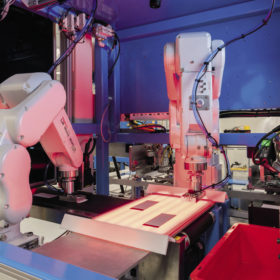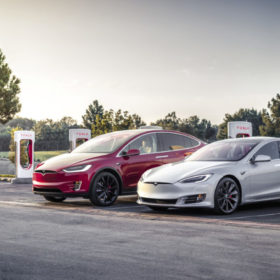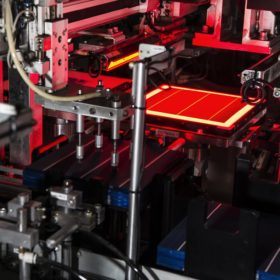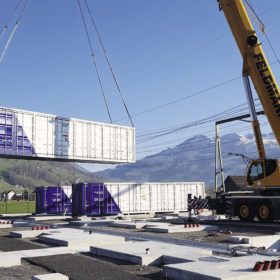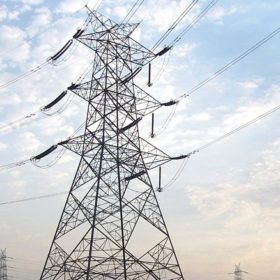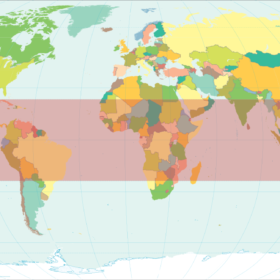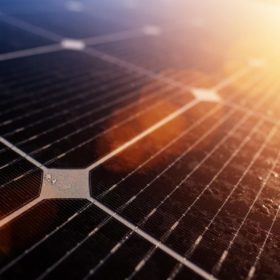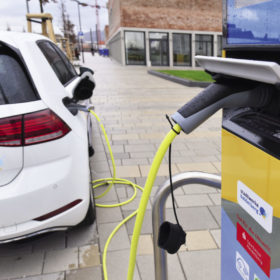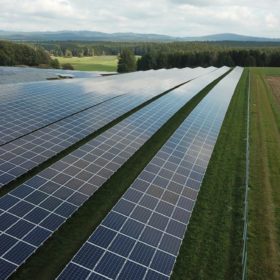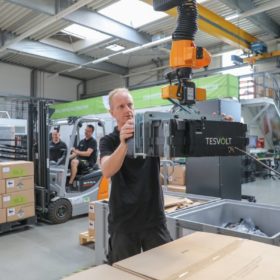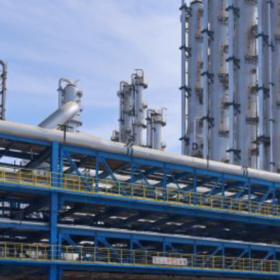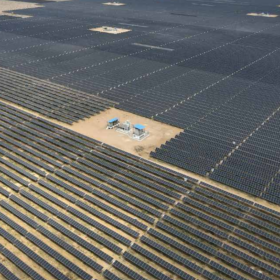The long read: The state of solid-state batteries
Solid-state batteries hold the potential to overcome many of the limitations of today’s lithium-ion storage technologies. Though they have been a research topic for more than 30 years, and more recently have seen billions of dollars poured into their development by leading carmakers and electronics giants, commercial development is still extremely limited. Major roadblocks remain in the way of both device performance and industrial-scale processing. pv magazine recently caught up with solid-state’s research community for a look at where the technology stands.
Keltron to set up a supercapacitor manufacturing unit in Kannur
The state-owned electronics manufacturer has signed a memorandum of understanding for technology transfer with Vikram Sarabhai Space Centre of Indian Space Research Organisation.
REIL seeks 6500 quantities of 330Wp solar modules
Bids are invited from Indian manufacturers to supply polycrystalline solar modules with an efficiency of a minimum 16.75%. Bidding closes on September 3.
Energy storage investment to approach $10bn in 2025
Analyst IHS Markit has predicted storage will rebound this year following its first year-on-year decline in 2019. The technology is being rolled out at pace despite Covid-19 with state-level policies set to keep the US the global capital for the next five years.
CERC approves trading in green term-ahead market
The market-based mechanism will allow resource-rich and resource-deficit States to trade renewable energy and balance their renewable purchase obligation (RPO) targets.
ISA to hold World Solar Technology Summit next month
The inaugural event will be attended by prime minister Narendra Modi, ministers from all the International Solar Alliance member countries and high-level dignitaries from global R&D institutions.
Waaree solar panels power CtrlS data centre
Waaree solar panels installed on all four facades of CtrlS datacenter facility in Mumbai cover over 50,000 square feet of facade area and generate about 1 MW of power.
Sona Comstar, IIT Delhi launch incubation program for EV startups
The program aims at supporting the development of innovative electric vehicle (EV) solutions like extending range through battery capacity improvements, and battery management, fast charging infrastructure, and mobile charging solutions for emergencies. Two startups shall be supported each year with up to INR 80 lakh each to complete proof of concept and develop prototypes.
EESL opens tender for 279 MW ground-based solar in Maharashtra
Bids are invited to install solar power generating systems ranging from 2 MW to 10 MW at various locations in Maharashtra. Bidding closes on September 25.
Battery manufacturing capacity set to increase fourfold to 1.3 TWh by 2030
Analysts at Wood Mackenzie have looked at plans for the incoming decade and concluded that about 119 manufacturing sites will be up and running by 2030. China currently sits firmly in the driving seat, with Asia Pacific comprising 80% of global manufacturing capacity, but Europe is catching up.
